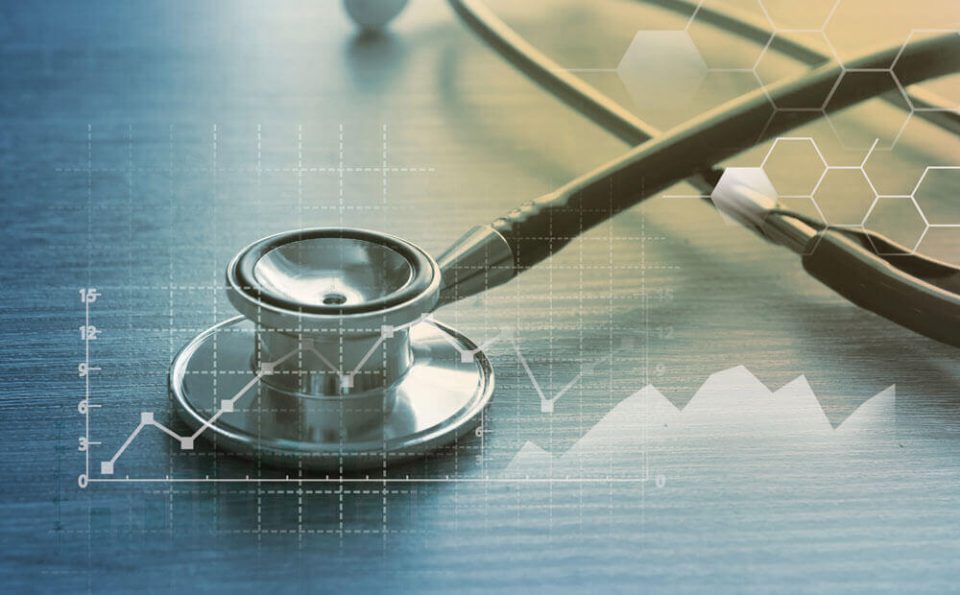When we talk about big data analytics, people tend to misconstrue its complexities and complications. Big data analytics, in fact, is very direct. There are no hidden meanings or messages. With numbers, what you see is what you get. A lot of people also think that big data is used only by the retail and manufacturing industry. That is farthest from the truth. Big data is being utilized by every sector and industry in society, most of all health care.
Now that people have complicated lifestyles, their illnesses and the way physicians treat them have also vastly changed compared to a decade or more ago. With information at their fingertips, patients know more than what doctors would like for them to know. But big data is more than just about what one reads off the internet. Analyzing health care data means using that same information to improve your patients’ lives and experiences, as well as find more means to help patients with their medical predicaments.
Various programs and tools will collect data from patients’ experiences and medical backgrounds. With the use of innovative medical practice management software, hospitals can collect this data and analyze them. The output will be used to optimize admissions, prevent symptoms, manage risks, augment treatments, and provide telemedicine, among others.
Improve Staffing in Hospitals
How many nurses does a hospital need in one shift? How about ER doctors? Shift managers will have an easier time setting the schedule of the nurses and doctors when there is analytics to tell you patterns in admission rates. Are there more admissions at midnight? Computers can analyze years’ worth of admission records to come up with a time series analysis technique.
Utilize Electronic Health Records (EHR)
This is the most popular way technology is used in health care. Each patient has his own digital record complete with demographics, medical history, treatments, allergies, and laboratory tests. During an emergency, nurses and ER doctors no longer have to ask the patient to fill up a series of forms or even to ask for his medical history. The electronic records will give first respondents an insight into the patients’ medical history and current treatments.
Alert Responders to Emergencies
Another popular way of using technology and big data analytics in health care is through wearable devices that alert respondents to emergencies. Patients, usually senior citizens, will wear a device akin to a watch. The watch will alert first responders if the wearer falls, slips, or has a medical emergency. Once the responders arrive on the site, they can access the patient’s information through the wearable device, too.
Improve Diagnosis
The collection of information in the database will help doctors arrive at a proper diagnosis. Scientists and researchers use this data to create methodologies and processes. Treatments became more personalized, the basis of which comes from the data available in the shared database.
It’s also a lot easier for patients to transfer medical practitioners. If a patient needed to move to a new state or city, he/she can easily go to another doctor under the same network. The doctor will have access to that patient’s files without the patient needing to carry hard copies of the lab results, diagnoses, etc.
Prevent Prescription Drug Abuse
Using big data analytics, researchers identified hundreds of risk factors to prescriptive drug abuse. Over the years, accidental overdose has been the leading cause of accidental deaths. It’s even more prevalent than road crashes, which used to be the most common cause of accidental death. By identifying the risk factors, researchers were also able to predict if someone is prone to abuse the drugs. And while it remains problematic to reach out to anyone and suggest that they could abuse drugs in the future, these findings are a big step toward stopping accidental deaths.
Made Telemedicine Possible
Apps and software are now available to help a patient pre-diagnose himself. By choosing and clicking on a list of symptoms available, the app can come up with a pre-diagnosis based on big data analytics. This made telemedicine possible. The doctor who will handle the consultation will already have basic information about the patients’ chief complaints.
Just how advance the technology is when it comes to remote clinical services? In some cases, surgeons do not have to be present in an operating room to do the job. Surgeons can perform basic operations with only a robot inside the operating room.
Big data surrounds and wraps the world with efficiency and accuracy. The future will only bring more changes in the medical field. But always, you can be assured that data analytics will work to improve the patient experience.

